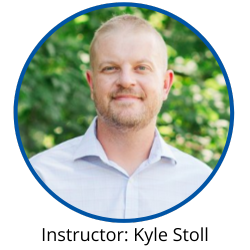Short Course C: Approaches to Establish and Monitor Quality of DR/CT Systems
Learning Event: Instructor-Led Training, In-person
Format: 1/2-day class; 8:00 am - 12:00 pm (America/Los Angeles)
Dates: Thursday, 24 October 2024
Location: CAESARS FORUM - 3911 S Koval Ln. Las Vegas, NV 89109
Contact Hours: 4
IACET CEUs: .25
Valid for ASNT Level III recertification: Yes
Pricing
- Member:
- Before 28 September 2024: $350
- After 28 September 2024: $450
- Nonmember:
- Before 28 September 2024: $450
- After 28 September 2024: $550
This short course will take an in depth look at the quality processes in place to verify and validate digital radiography (DR) and computed tomography (CT). This course will take a quick look at E2737 and how it is setup to monitor the long-term stability of DR systems. The next part of the training will take a detailed look at E1695 and the establishment of stability monitoring for E1695. ASTM standard E1695 measures modulation transfer function (MTF) and contrast discrimination function (CDF) as data points to monitor the quality condition of a CT system and technique. This process can be intimidating, but the implementation of it is vital for critical use components such as aerospace and medical devices. The course will look at real time processing of this data and how it relates to defect detectability. The class will also discuss representative quality Indicators (RQI) and how they fit into the quality process for CT. Once the standards and components are aligned it will give operators and manufacturers the level of confidence needed to supply a quality analysis of test objects.
 |
Kyle Stoll is the NDT Program Manager and Responsible Level 3 for Nikon Metrology. Kyle is responsible for quality of inspection for computed tomography and digital radiography along with the qualification/certification of individuals that perform testing at Nikon. Kyle received his Level 3 certification from the American Society of Nondestructive Testing in 2013, along with certification in accordance with the National Aerospace Standard 410. Prior to working for Nikon Kyle spent 12 years working for the Department of Defense using computed tomography for research and development of Navy munitions. He sits on a variety of committees involved in nondestuctive testing most notably the E07 committee on nondestructive testing for the American Society of Testing and Materials (ASTM). |
Questions? Contact the Education Department at education@asnt.org
